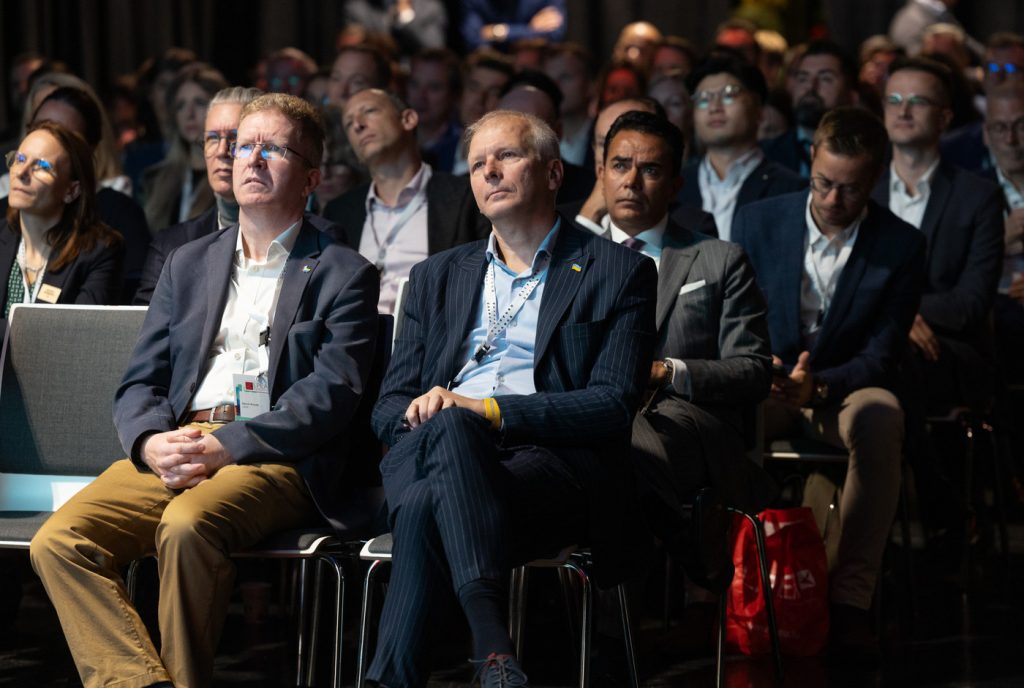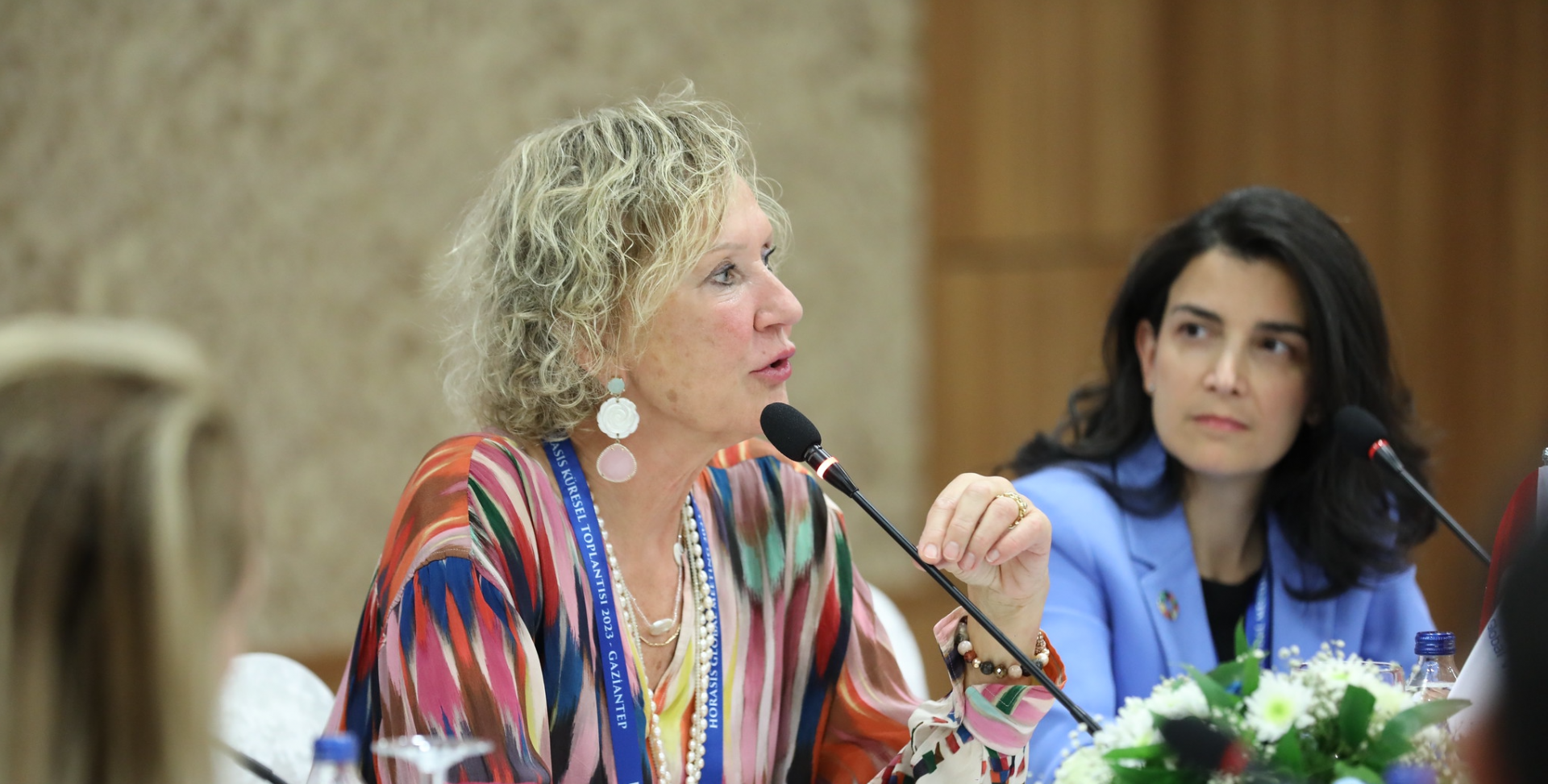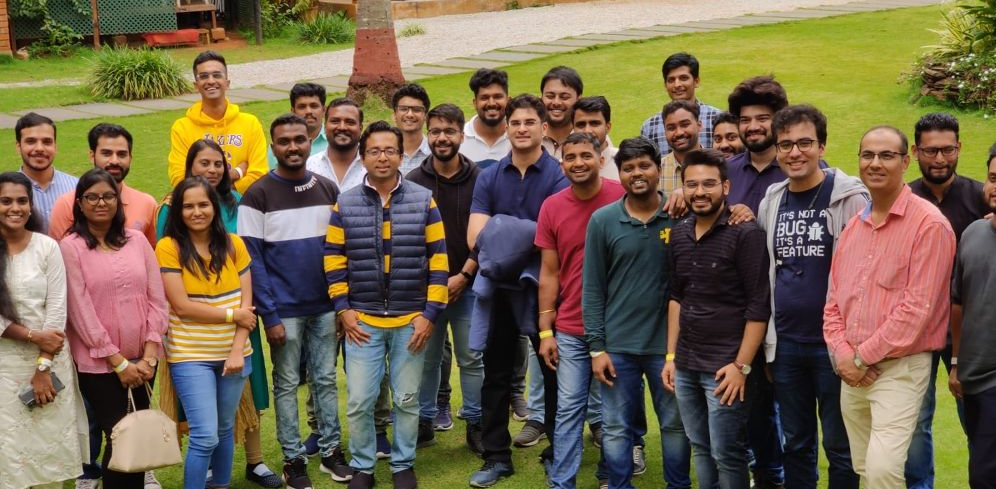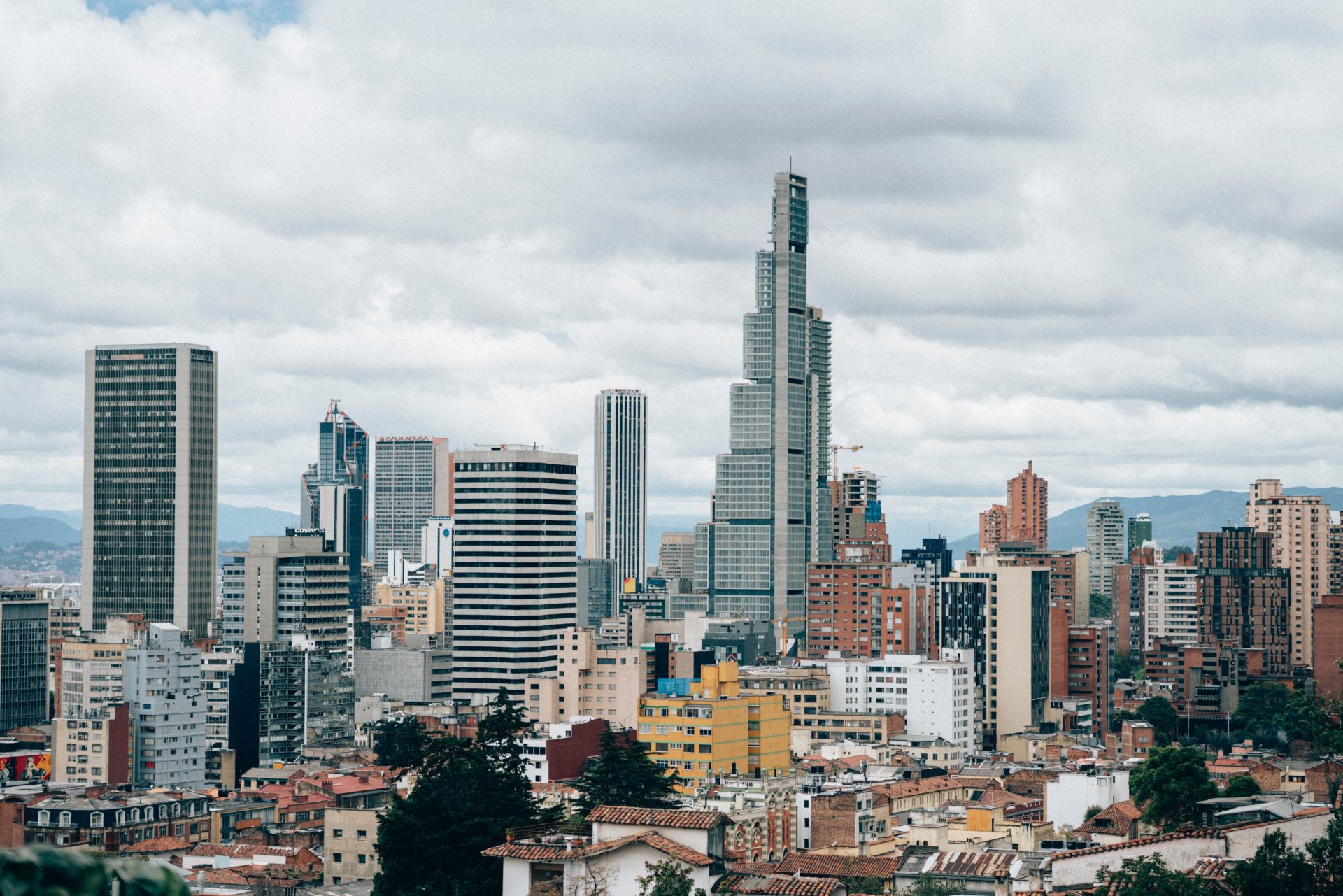Resilient and Smart Cities – Another Climatic Parameter to Consider
Worldwide, there are more than 50.000 cities. UN Habitat expects that in 2070 around 58% of the world population will live in urban areas. In the coming 45 years all future (mega)cities will have to provide adequate infrastructure, jobs, housing, food production, leisure and nature, public services such as quality education and medical care to 100s of millions of newcomers, on top of the challenges they already face today. Often, cities have grown along rivers or the ocean, geographic locations that offered optimal opportunities for trade and economic development. With weather becoming more extreme and climate less predictable, there’s an urgent need for effective, innovative and positive urban development.
To attract talent and relevant jobs, cities will have to be more than just plain providers of basic living conditions. They will have to develop into thriving centers of innovation, offering attractive all-encompassing living and working environments for future generations. If it all works out well, they could be key drivers of human progress.
During a key panel at the Horasis Global Meeting 2023 in Gaziantep, Turkey, we discussed smart & resilient cities. It’s important to keep in mind that these concepts have different roots, though. Large technology-leading multinational corporations started promoting the Smart City concept during the economic crisis as part of their strategy to find new markets and to attract new customers. The Resilient City concept, on the contrary, was promoted by international organizations and associations of cities in order to improve cities’ capabilities to deal with natural disasters like hurricanes, earthquakes, floods etc. It is part of a broader disaster risk reduction agenda.
Both concepts have become complementary to each other. Both have the common characteristics of citizen orientation, sustainability and liveability to increase the quality of the lives of the people enabled by smart technologies. The Resilient City concept has gained popularity after the COVID-19 pandemic period and increasing numbers of climate change related disasters. According to OECD Resilient Cities are the cities that “have the ability to absorb, recover and prepare for future shocks (economic, environmental, social & institutional). Resilient cities promote sustainable development, well-being and inclusive growth.”

What did our panelists say?
Scott Rosenstein, Senior Public Health Advisor, Eurasia Group, USA: Navigating an uncertain future: turning crisis into opportunities
In 2013, The Rockefeller Foundation pioneered 100 Resilient Cities to help more cities build resilience to the physical, social, and economic challenges that are a growing part of the 21st century. Based on his tenure at 100 Resilient Cities, Scott Rosenstein underlined that the 100RC program was designed to help cities like Gaziantep address the shocks and stresses of the 21 st century in a holistic and integrated manner, in order to not just repeat the mistakes of the past. He described the dynamics of the international community in dealing with all this. Scott mentioned four key principles that Gaziantep will probably need to keep in mind as it navigates its uncertain future – national government regulatory uncertainty, geopolitics, 2 nd and 3 rd order challenges, and community buy-in . He sketched a roadmap to resilience along four main paths: urban planning, reconstruction, climate and the risks and opportunities for municipal governments navigating this landscape. In conclusion, Scott underlined that worldwide we are still far from where we need to go. Well-informed and institutionalized decision-making processes are certainly not at the levels they should be to achieve the necessary progress. We must find ways to proceed from crisis to opportunities.

Yasemin Kologlu
Yasemin Kologlu, Principal, Skidmore, Owings & Merrill, USA: We’ve got all it takes, but resilience requires integration of practice, policy & process.
Architect and sustainable design expert at SOM New York, Yasemin Kologlu, underlined that the built environment is responsible for 40% of global carbon emissions every year. Yet the urban population is anticipated to grow by 2.1 billion people and urban construction by 230 million sqm by 2060, which highlights the importance of carbon reductions and resilience needed in the built environment. We have the opportunity, technology and the knowledge to build net zero self-sustained communities today. Where buildings absorb more carbon than they emit, we use as much energy as we produce, communities use sustainable transportation in a mixed-use district, food security comes from local produce grown by the community, particularly in cities like Gaziantep with relatively fertile land, reasonable access low irrigation and people with knowledge and legacy of the land. We can design cities for the ‘3 Ds of design’: for net zero carbon/energy today, for the changing climate of tomorrow, and for local communities in every location.
Berrin Benli, Founder, Novusens Smart City Institute, Türkiye: We need visionary, collaborative, results-oriented leadership & bottom up innovation
In her work as Founder of Novusens Smart City Institute in Türkye, Berrin Benli underscores the importance of a sincere and effective ‘Bottom-Up Innovation’ when transforming cities into smart and sustainable cities, and a step-by-step development: developing and implementing PoC (Proof of Concept) / Quick Win projects using smart and sustainable solutions. She explained what the steps are to get there. They work by Identification of the top priority challenges at the local and national level with all the key stakeholders of the city developing smart and sustainable solutions/project ideas with regards to these challenges.

Berrin Benli
Prioritizing these solutions/project ideas. Then, they’re also applying principles of smart governance, that is collaborative, inclusive, participatory, integrated, transparent/open, fair, citizen-oriented approach at the local and global levels. It isn’t easy for the process to succeed, one needs visionary, collaborative and results-oriented leadership. A broad range of stakeholders must be consulted from both the private sector and civil society. Smart technologies accelerators can be enablers to the potential solutions.
Andrey Kolodyuk, Founder and Managing Partner, Aventures Capital, Ukraine: Citizens must be the main drivers of city design; they have to want to live there
Andrey Kolodyuk who lives in Brussel momentarily, is working full-time on the rebuilding of Ukraine’s infrastructure and economy. Securing strong economic growth, in his conviction, is the only way to end the Russia-provoked war successfully. Rebuilding Ukraine will not be a question of business as usual. It needs to be addressed in such a way that people who lost everything have a reason to come back. Therefore, citizens’ ideas and preferences have to be fully taken into account: the new Ukrainian cities will be built by design, fueled by the ideas of the communities who will live there. AI is a vehicle used to collect and process all ideas.
Conclusions
Below I add a list of takeaways from the rich discussion:
- The Smart City concept is evolving – its becoming evermore holistic and merging with the Resilient City concept
- A one-solution-fits-all doesn’t work, customized approaches are needed.
- Low tech & high tech can go hand in hand, a smart city must be smart within its specific context.
- Any city must be fit for purpose, inclusive and fully respectful of ecology. Environmental & Social Impact Assessments can play an important role in well-informed decision making.
- Failed attempts so far often have to do with unsustainable funding – they shouldn’t discourage us, we should look at them as learning exercises
- Key success factors for smart & resilient cities are strong, visionary & transformative leadership, and sincere commitment. And meaningful participation and influence by a diverse group of stakeholders. The buy-in and support of people = 70% of success
- A city is a project like any other. You need great process management and adequate resource allocation
- Urban planners need multi-disciplinary expertise
- To reflect the incredible dynamics and challenges at city level, salaries of key municipal civil servants must be raised to national level to attract top talent – the city is where change happens!
A smart city is first and foremost defined by smart governance!

Andrey Kolodyuk
By Simone Filippini, President, Leadership4SDGs Foundation, The Netherlands



